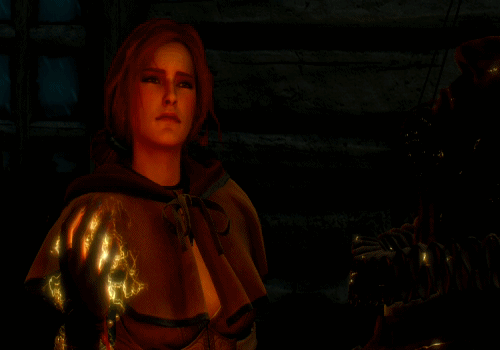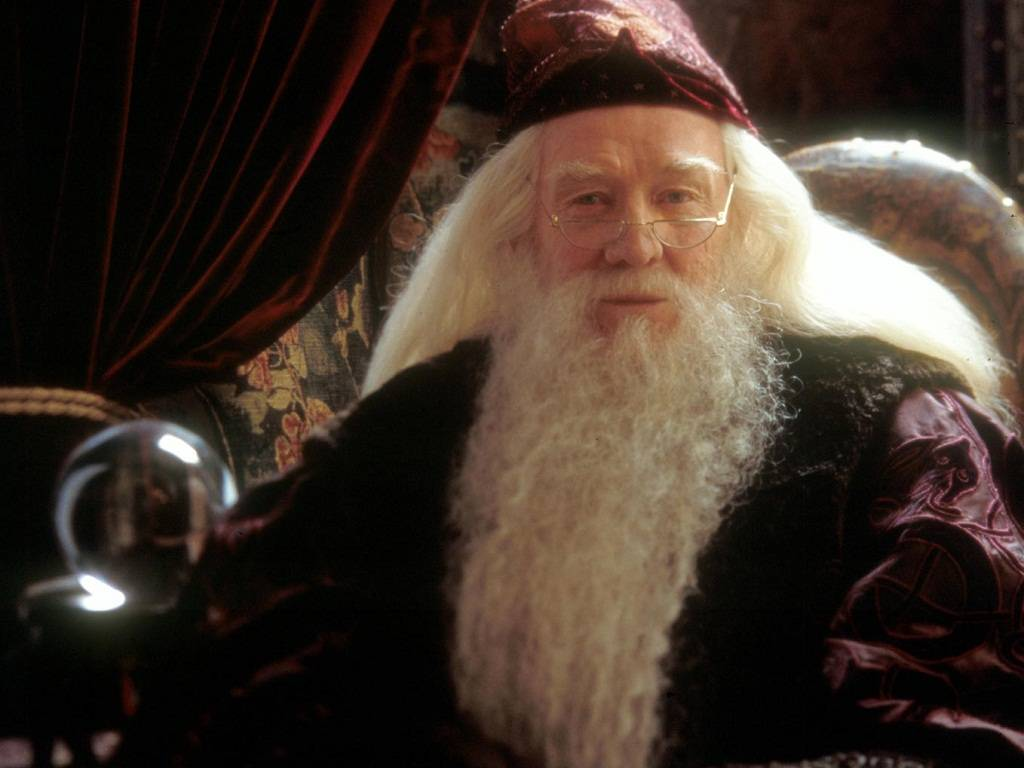In the third century B.C., a smart guy named Euclid collected all the information about modern geometry and wrote the famous Elements. At the end of the 17th century, Newton formulated the law of universal gravitation and the beginnings of mechanics. In 1869, Mendeleev classified the chemical elements and created the Periodic system.
Each of these men of science laid out the achievements of a single branch of science. Of course, their works were later supplemented and their laws were reformulated. You learned all this in school. Today you will be treated to a topic that is not yet taught in school. We are going to classify magic. And the source of our research will be works of fantasy.
Primary Concepts
When we read any work of the fantasy genre, we encounter a world much like our own, minus the miracles present there. “Realism” of the fictional world usually boils down to the fact that in it, as in ours, the laws of physics, mathematics, chemistry, etc. work. And usually, if the laws of history and social development do not work in the world, this is a mistake, not a “special intention” of the author, who is not particularly versed in history and sociology. Let’s call all the above-mentioned laws Constant.
But this is not the case with magic: every fairy tale world has its own magical laws. To talk about them, we will need new definitions.
- Definition 1: A miracle is a phenomenon which contradicts the Constant Laws. If a miracle becomes scientifically explainable, it does not interest our research.
- Definition 2: Magic is a system that allows the phenomenon of a miracle to be evoked and repeated under certain conditions. For example, a man fell from the 16th floor without insurance, but survived. Typical miracle, because it contradicts, if not mechanics, then at least statistics. But it becomes a magic when the same person can repeat the same trick five more times. Note, under this definition, a priest, a sorcerer, or a psychic all become magicians.
- Definition 3: Moving in space and time. The dream of our childhood: once – and already in school, at home, at the sea – underline. And even better, to fly to yesterday, to correct an error in a test… I pay special attention to foresight and prophecy. If a soothsayer gained this knowledge by moving a part of consciousness into the future, then this is the same sphere of magic. If he is a meteorologist, then there is no magic here.

- Definition 4: The source of magic is the power to break permanent laws. Any magic gains the right to temporarily ignore certain laws at the expense of something. The place or substance from which this right comes, let us call its source.
- Definition 5: The method of obtaining magic is the sequence of actions performed by the magician necessary to access the source of magic. Even in magic, a cause-and-effect relationship works. The answer to the question “what must a magician do in order for a miracle to happen?” – is the way to obtain magic.
- Definition 6: A mage’s traits are a set of qualities and skills that distinguish a mage from a non-mage. Not everyone can become a mage in all fantasy universes. Sometimes only a few are capable of it. Which of them can become a mage depends on the circumstances. For example, he can perfectly make repairs, do basement repairs, like the staff at CSG Renovation https://csgrenovation.ca/markham/basement-renovations/.
Classification of known magic systems
Here we have clarified some of the primary concepts. Now it is time to break them down in more detail.
Sources of magic
- general magical energy. When using this type of sources, any magician draws energy from a common field, not attached to any object or phenomenon. The whole difficulty is in knowing how to connect to this field, and then hold and direct the energy in the right direction. In the rest, all magicians have the same possibilities and, as a rule, any person can become a magician after training.
Examples: the magical ether, the general energy field, the “Yarn” of the Forgotten Realms.
- Inner Powers. A magician uses the hidden powers of his own body to achieve his goals. The difficulty is that the resources of the body are not limitless and require replenishment. In addition, in order to draw large amounts of energy “out of oneself”, first of all, one should accumulate this energy in oneself. The mage’s self-improvement is in increasing the amount of internal energy.
Examples: psionic energy.
- Borrowed powers of personal nature. The mage himself in this case does not have access to the energy, but uses the help of beings that have this access. Moreover, the creatures themselves may not be aware of this “magical” exploitation. In order to operate with magic, it is necessary to find this special being and “convince” him to share the energy.
Examples: demons, djinn, warm-blooded (for vampires).
- Borrowed forces of an impersonal nature. In this case, as in the previous one, there is also a search for external sources, but of a more general order. In many ways this source is similar to the first. The main skills are connecting to the source and withholding energy. The difference is that the source may not be available to everyone.
Examples: magic of the elements, World of the Dead, natural landscapes, the Source in Wheel of Time.
- Special Items. In a variant of this system, the mage has no direct access to energy, but works only with its medium, on which everything depends. Carriers have a lot of disadvantages – they are usually limited in range and ways of impact, are quickly consumed, sometimes even have their own will and mind.
Examples: magic staffs, magic rings.
- Special Places. There are worlds in which only special locations have special powers. The ability to retrieve and use this power is a key skill of a mage in such a world. Finding the right place is not the last skill in the mage’s arsenal.
Examples: sacred groves of druids, graves of ancient heroes, fields of magic battles, anomalous zones.
- Faith. Sometimes it is faith that allows one to deviate from permanent laws. And both faith in yourself and other people’s faith in you. Magicians use both. The art of convincing other people to believe in you or in the reality of imaginary events will be key for a magician of this system.
Examples: animating fantasies and nightmares, exercising demons by priests, the nature of divine powers in the Forgotten Realms.

Ways of obtaining magic
- Ritualistic. In this method, the magician simply performs a sequence of some actions, without thinking about the reasons or imagining what happens at the level of physics. All he sees is the end result. This is where the clarity of the actions and the complexity of the ritual determine.
Example: ritual dances, church rituals; magic in Harry Potter, the spell of the red priestess in Game of Thrones.
- Scientific. The method is based on the theory of magic. Effectiveness depends on the depth of knowledge and freedom of thought of the magician. The theory of magic itself can be deeply anti-scientific, even in terms of formal logic. The scientific way is only the name, but not the content!
Example: magic in Krynn (“The Spear Saga”), in the “Witcher” universe, Sprague de Kamp’s “The Chartered Sorcerer”.
- Instinctive. This use of magic implies a closer contact with energy. The magician himself may have no knowledge of theory or rituals, but works directly with the magical material at the level of instinct, shaping and directing it as he needs it.
Example: Robert Jordan “The Wheel of Time”, Roger Jelazny “The Chronicles of Amber”, “Obsessed with Magic”, “Avatar: The Legend of Aang”, “Doctor Strange”, Suzanne Clarke “Jonathan Strange and Mr. Norrell”.